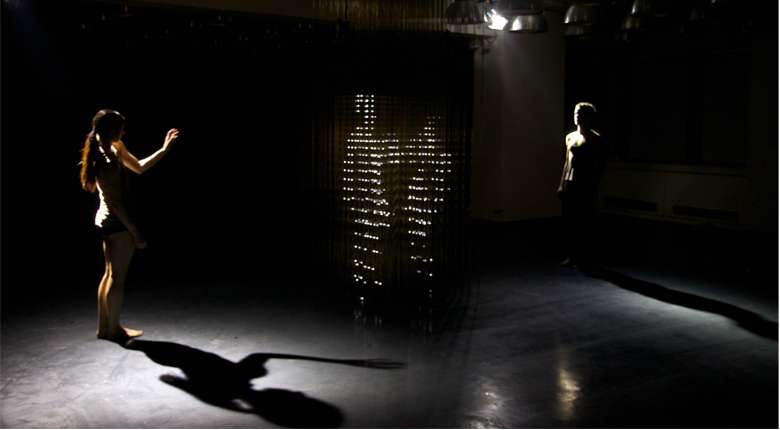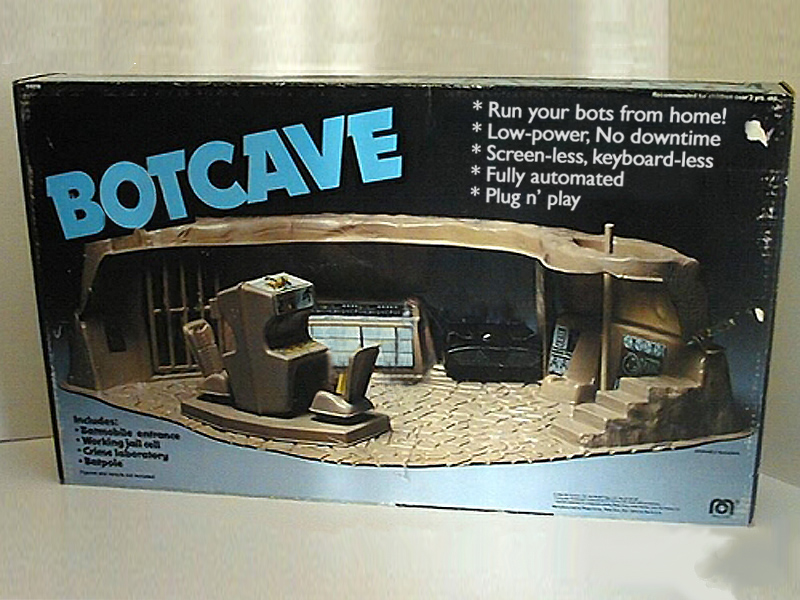Note: As I mentioned in a previous post, the I&IC design research project enters further developments in the context of new experimental workshops. Being still part of the first phase of our work, these researches are led in collaboration with design partners (peers) and the participation of Interaction Design students (Ba & Ma). They follow the purpose of creating a thematic corpus of design “counter-proposals” to the existing apparatus of the “cloud” (as described in the foundation document about this research).
I therefore publish the brief that Dev Joshi (from the London based collective Random International) recently sent me, in preparation of the coming workshop that will take place at ECAL next week (16-20.11.2015). This workshop will interrogate what the “self” might become in an era of permanent personal data traces left on countless online/cloud based services. These traces, now commonly known as “digital footprints“, or “data shadows” (“ombres numériques” in French) and even sometimes “data ghosts” open interesting questions when it comes to communicate/interface with these “ghosts”, objectify or make them visible.
The Everlasting Shadow
Workshop brief, November 2015.
Random International / Dev Joshi (Head of Creative Technology)
Introduction
A unique construct, the cloud is always growing but will never fill up and it always looks the same, regardless of the angle from which it is viewed.
People often think of the cloud as something which is lightweight, easy to use, not imposing and perhaps even mercurial in nature. Content streams are always changing, documents viewable at their most current version – everything is fast and new. Looking below the surface, it is clear that this perception isn’t true. The cloud is heavy – it has a huge physical and environmental impact and the permanence of the data is worrying.
Where does all that stuff go, who is there to look after it? When all of your life’s information exists on someone else’s computer, even if you delete, how can you be sure that it is gone? Years of our lives left to rot in forgotten Dropbox accounts; previous versions of ourselves trapped on abandoned MySpace pages with only Tom for company.
The dualism of the ghosts we leave behind in the cloud, these indelible snapshots of ourselves, raise interesting questions about where the self exists in the modern age and of ownership. If ownership over something is the right to destroy it, have we surrendered ourselves to a broken immortality which we cannot control. Have we lost the right to forget and be forgotten?
Questions and staring points
The cloud is always something that belongs to someone else, operating in borrowed time and space. Devise a way of informing others about the physical and digital shadow they leave behind when they use the cloud.
Written records have existed for millennia but great effort is still expended in deciphering ancient texts written in forgotten languages. If everything in the cloud really is forever, how can we ensure it retains its value when the world has forgotten how we communicate?
How many different versions of you are there in the cloud? If they could speak, what would they say?
Your digital ghosts are trapped on islands around the cloud – is there a way to rescue them? Maybe they just need a shelter to live in now that you have moved on?
Output and medium
Could be, but not limited to:
. Making use of existing, static, cloud data (Things in your drop box, old social media accounts)
. Small (desktop) artifacts
. Projection and frames in space – things which hang from the ceiling or are fixed to the wall
. Screen based
Reference pieces
http://random-international.com/work/temporary-printing-machine/
http://random-international.com/work/aspect-white/
http://random-international.com/work/future-self/
http://random-international.com/work/tower/
Timeline
Monday – Introduction and discussion (am briefing)
Tuesday – Bandwidth and bare minimums (am briefing)
Wednesday – The trees that grow on technology island (am briefing)
Thursday – Work day
Friday – Presentation prep and delivery
Further reading
Marcelo Coelho, Karsten Schmidt, Allison E Wood


